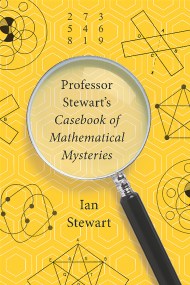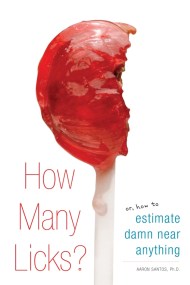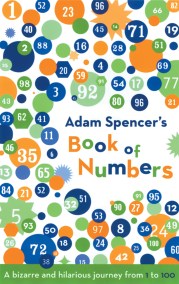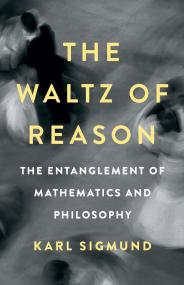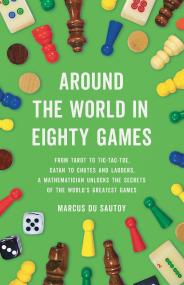Promotion
Use code MOM24 for 20% off site wide + free shipping over $45
Professor Stewart's Incredible Numbers
Contributors
By Ian Stewart
Formats and Prices
Price
$16.99Price
$21.50 CADFormat
Format:
- Trade Paperback $16.99 $21.50 CAD
- ebook $10.99 $13.99 CAD
This item is a preorder. Your payment method will be charged immediately, and the product is expected to ship on or around April 7, 2015. This date is subject to change due to shipping delays beyond our control.
Also available from:
At its heart, mathematics is about numbers, our fundamental tools for understanding the world. In Professor Stewart’s Incredible Numbers, Ian Stewart offers a delightful introduction to the numbers that surround us, from the common (Pi and 2) to the uncommon but no less consequential (1.059463 and 43,252,003,274,489,856,000). Along the way, Stewart takes us through prime numbers, cubic equations, the concept of zero, the possible positions on the Rubik’s Cube, the role of numbers in human history, and beyond! An unfailingly genial guide, Stewart brings his characteristic wit and erudition to bear on these incredible numbers, offering an engaging primer on the principles and power of math.
Genre:
- On Sale
- Apr 7, 2015
- Page Count
- 352 pages
- Publisher
- Basic Books
- ISBN-13
- 9780465042722
Newsletter Signup
By clicking ‘Sign Up,’ I acknowledge that I have read and agree to Hachette Book Group’s Privacy Policy and Terms of Use


